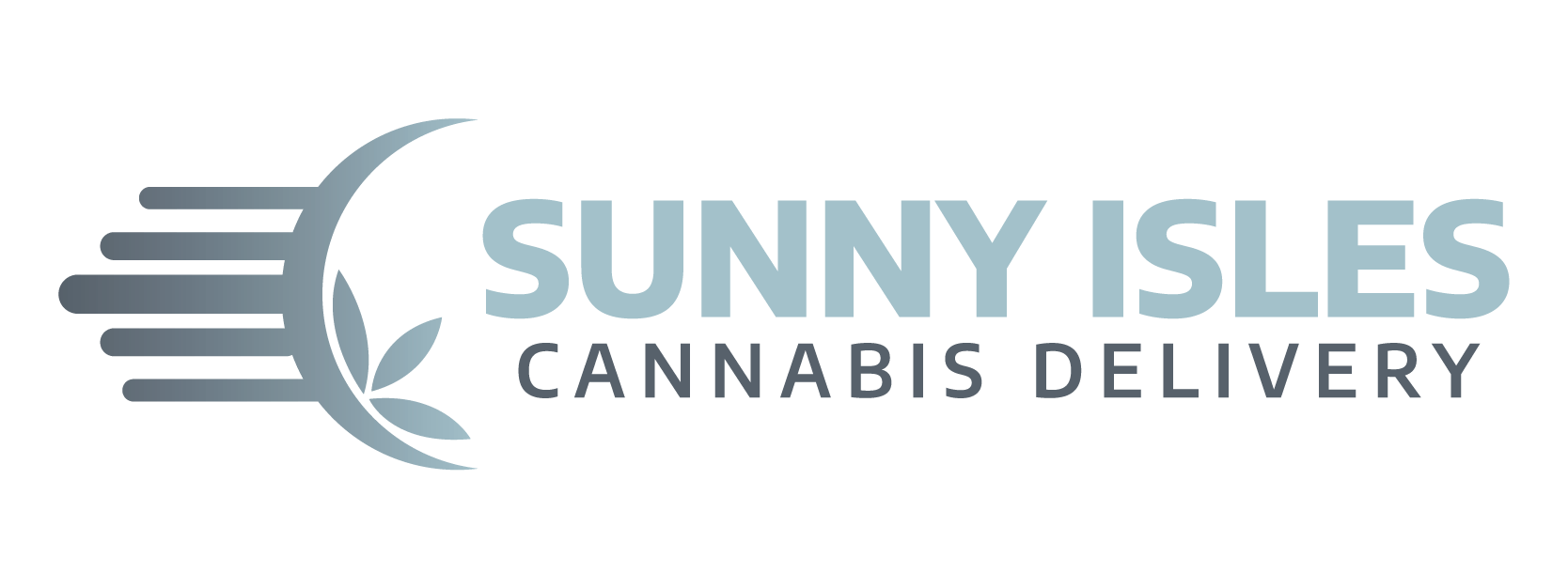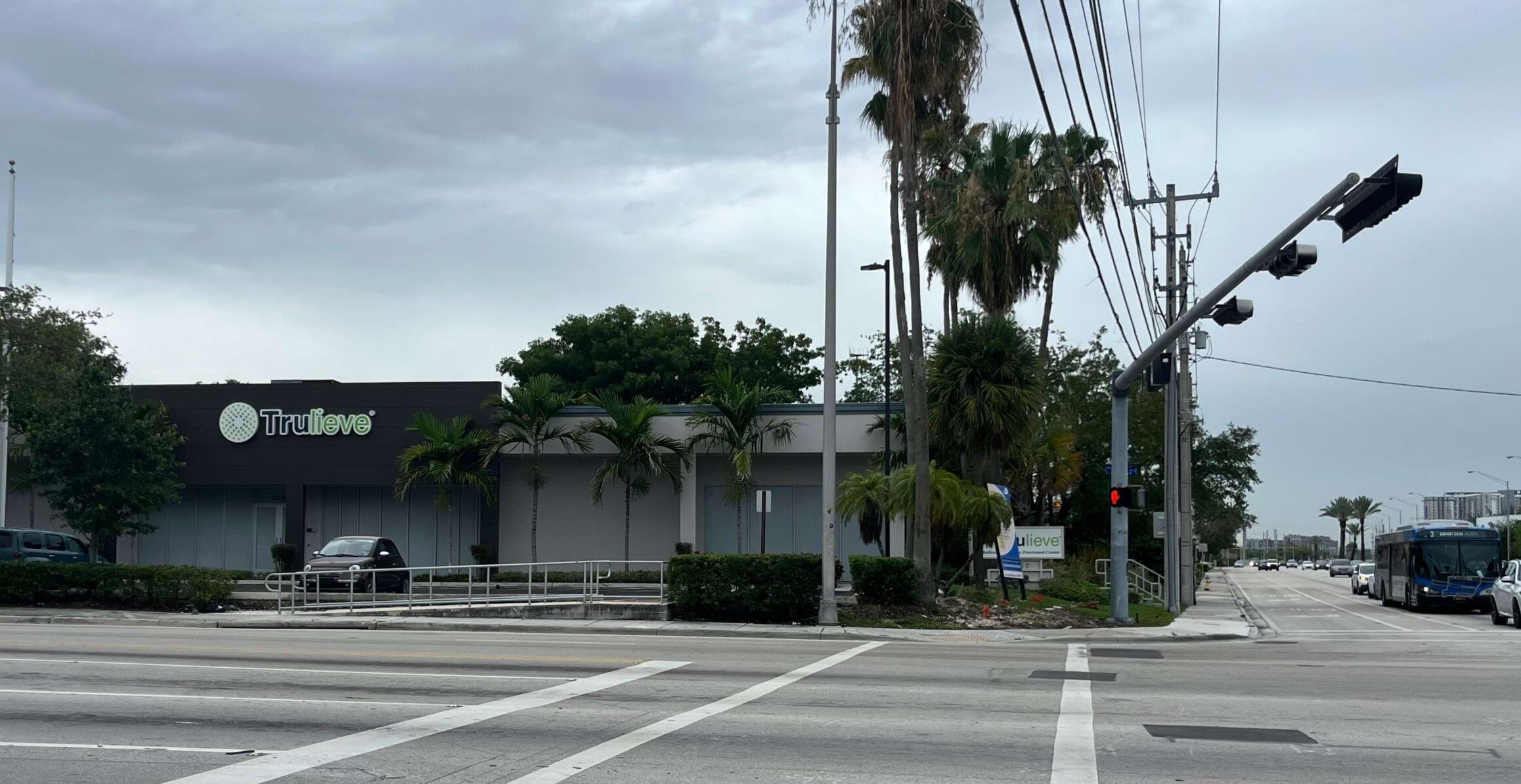The legal status of cannabis in the United States remains complex, with both federal and state laws influencing the use of medical and recreational cannabis. While the number of states allowing cannabis use has grown, the federal government still classifies cannabis as a Schedule I controlled substance. Here’s a breakdown of what that means and how it impacts both federal and state legislation.
Cannabis as a Schedule I Drug: What Does It Mean?
Under the Controlled Substances Act (CSA), cannabis is classified as a Schedule I drug, which places it in the same category as heroin and LSD. According to the federal government, Schedule I drugs have “no currently accepted medical use” and a “high potential for abuse.” This classification creates significant legal barriers for the cannabis industry, especially in terms of medical research, banking, and interstate commerce.
The Schedule I classification means that, on a federal level, cannabis is considered illegal for all purposes, including medical use. However, despite federal law, many states have created their own cannabis regulations that either partially or fully legalize cannabis use within their borders. These state-level laws create a legal gray area where cannabis is legal at the state level but remains illegal under federal law.
Federal and State Laws: How They Differ
While cannabis remains illegal federally, the federal government has largely adopted a hands-off approach toward states that have legalized medical or recreational cannabis. This informal policy was established under the Cole Memorandum in 2013, which provided guidelines for federal prosecutors to focus on enforcing cannabis laws only in cases where it conflicts with federal priorities (e.g., preventing distribution to minors or involvement in criminal enterprises). Although the Cole Memo was rescinded in 2018, the federal government still generally refrains from interfering in state-legal cannabis operations.
However, the Schedule I classification has a significant impact on cannabis businesses and users. For example:
- Banking: Federal law prevents cannabis businesses from accessing traditional banking services, forcing them to operate mostly in cash.
- Research: The Schedule I status imposes stringent restrictions on medical cannabis research, limiting access to cannabis for scientific study.
- Interstate Commerce: Transporting cannabis across state lines remains illegal, even between states where cannabis is legal.
State-Level Cannabis Laws: Medical and Recreational Use
As of August 2024, 23 states and the District of Columbia have legalized recreational cannabis for adult use. Additionally, 39 states have approved the use of medical cannabis, with varying degrees of regulation.
Each state has its own set of cannabis laws governing how cannabis can be cultivated, sold, and consumed. For example:
- California, one of the pioneers of cannabis legalization, allows both medical and recreational use. The state has established a well-regulated system for cultivation, distribution, and sales.
- Florida allows only medical cannabis for patients with qualifying conditions. Recreational cannabis remains illegal, though there have been discussions about future legalization initiatives.
- Texas, on the other hand, has a very limited medical cannabis program and continues to prohibit recreational use entirely.
States with medical cannabis programs often differ in terms of qualifying conditions, the types of cannabis products available, and whether home cultivation is allowed. For instance, Colorado allows both recreational use and home cultivation, while New York only permits home cultivation for medical patients.
The Path to Federal Legalization: What’s Next?
In recent years, several pieces of federal legislation have been introduced to remove cannabis from Schedule I. The most notable is the Marijuana Opportunity Reinvestment and Expungement (MORE) Act, which seeks to decriminalize cannabis at the federal level, expunge certain cannabis-related criminal records, and create opportunities for those disproportionately impacted by the War on Drugs. Although the MORE Act has passed the House of Representatives, it has yet to make it through the Senate.
Another important piece of legislation is the Cannabis Administration and Opportunity Act (CAOA), which aims to deschedule cannabis entirely, leaving regulation up to the states. This bill also includes social equity provisions aimed at addressing the racial and economic disparities caused by cannabis prohibition.
Knowledge of Now: Navigating a Complex Legal Landscape
Cannabis remains a Schedule I drug under federal law, but state-by-state legalization efforts have created a patchwork of cannabis regulations across the United States. While recreational and medical cannabis are increasingly accepted at the state level, the federal government’s stance continues to pose challenges, particularly for businesses and researchers. Until cannabis is descheduled, or comprehensive federal reform is passed, this legal gray area will remain a major factor in how cannabis is used and regulated across the country.
Sources:



